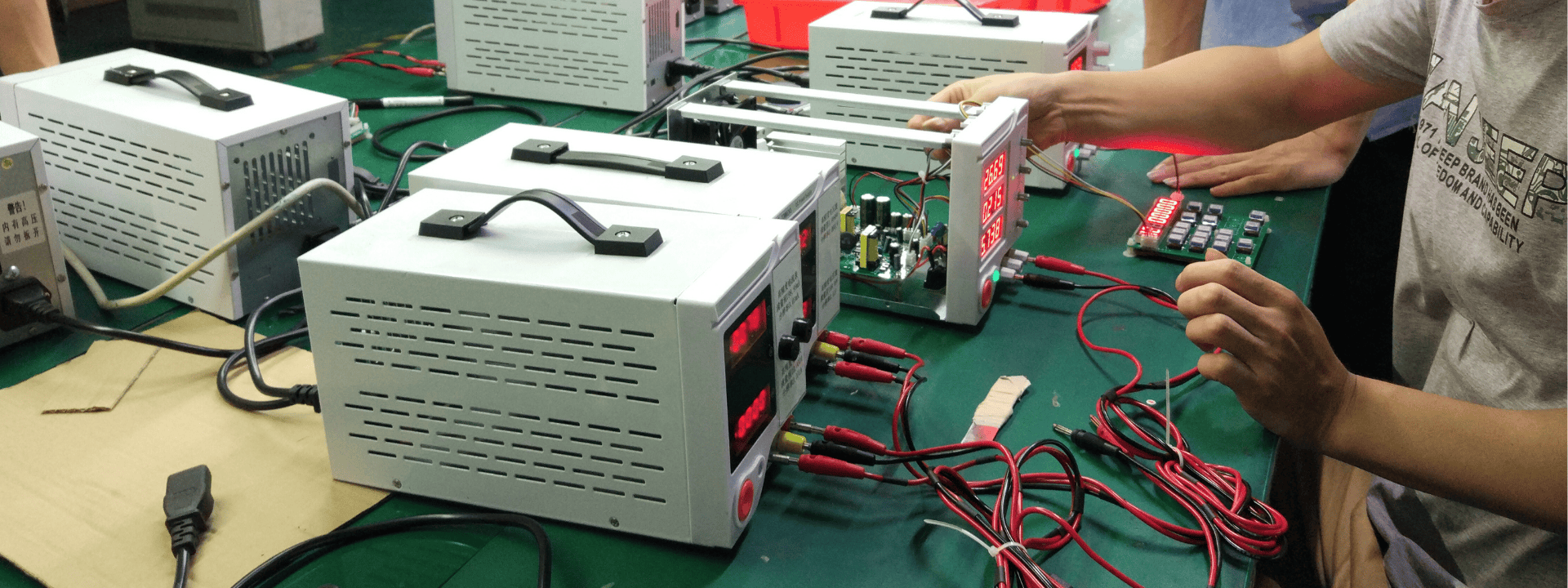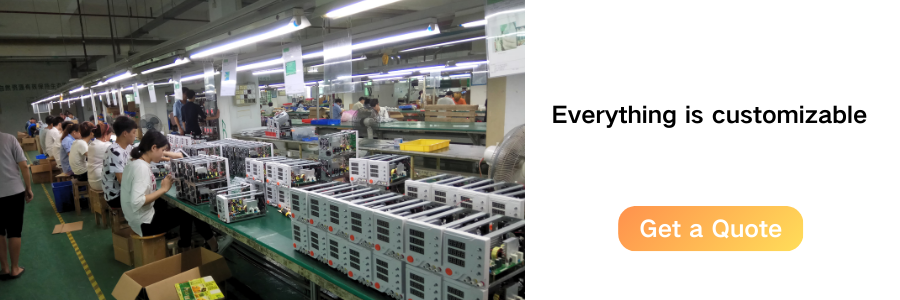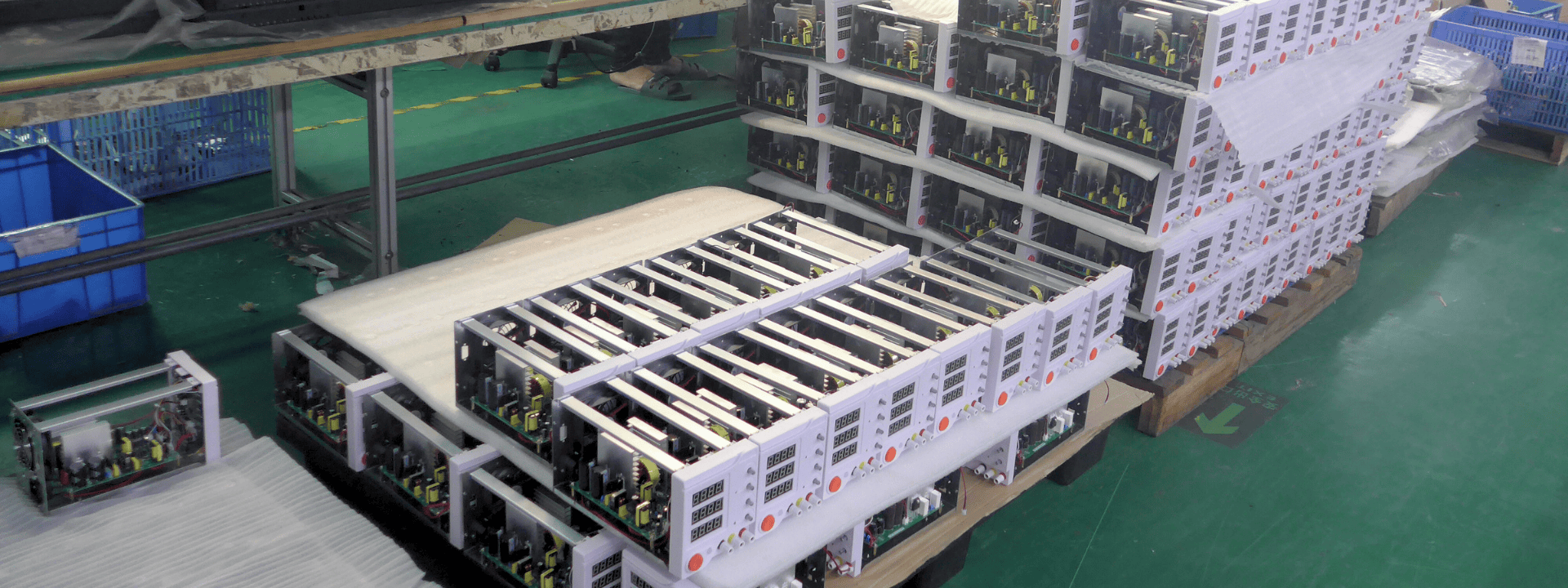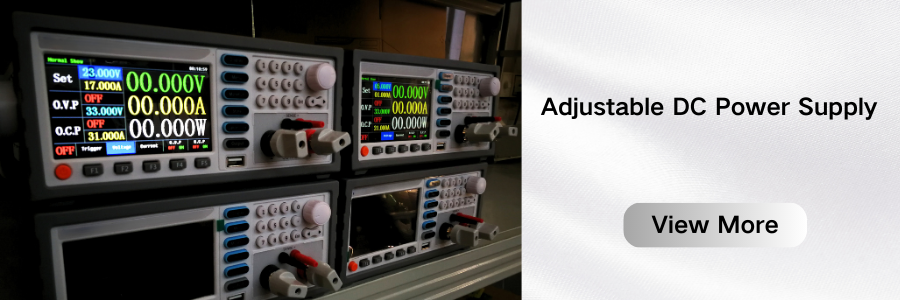As electronic equipment develops towards high precision, high stability and high reliability, high requirements are placed on the power supply of electronic equipment. The power supply of DC regulated power supply is mostly AC power supply. When the voltage or load resistance of the AC power supply changes, the DC output voltage of the regulator will remain stable.
So what are the steps for using a DC regulated power supply?

●Step 1: Power connection. Connect the regulated power supply to the main power supply.
●Step 2: Turn on the power supply. Without connecting a load, press the main power switch (power), and then turn on the DC output switch (output) of the power supply to make the power supply output work normally (some simple adjustable regulated power supplies only have a main power switch and no independent DC output switch). At this time, the current working voltage and output current are displayed on the digital indicator head of the power supply.
●Step 3: Set the output voltage. By adjusting the voltage setting knob, the digital voltmeter displays the target voltage and completes the voltage setting. For power supplies with adjustable current limiting function, there are two adjustment systems to adjust the voltage and current respectively.
It is important to distinguish when adjusting. Generally, the potentiometer for adjusting voltage has the word "VOLTAGE", and the potentiometer for adjusting current has the word "CURRENT".
Many entry-level products use low-cost coarse/fine adjustment dual knob settings. When encountering dual adjustment knobs, we first turn the fine adjustment knob to the middle position, then use the coarse adjustment knob to set the approximate voltage, and then use the fine adjustment knob to make precise corrections.
●Step 4: Set the current. Press and hold the "Limit" button on the power panel. At this time, the ammeter will display the current value. Adjust the current knob to make the current value reach the predetermined level. Generally, the current limit can be set to 120% of the commonly used maximum current.
Some power supplies do not have a dedicated current limit adjustment button. Users need to short-circuit the output terminal according to the instructions, and then set the current limit level according to the short-circuit current with the current limit knob. Simple adjustable voltage-stabilized power supplies do not have a current setting function and do not have a corresponding knob.
●Step 5: Set overvoltage protection OVP. Overvoltage setting refers to further limiting an upper limit voltage within the adjustable voltage range of the power supply itself to prevent the power supply from outputting too high a voltage when operated incorrectly.
Generally, the overvoltage can be set to 120% of the highest working voltage at ordinary times. The overvoltage setting requires a flat-blade screwdriver to adjust the potentiometer recessed in the panel, which is also a design to prevent false operation.
When setting the OVP voltage, first adjust the power supply working voltage to the target overvoltage point, and then slowly adjust the OVP potentiometer to make the power supply protection just work. At this time, the OVP setting is completed.
Then, turn off the power supply, lower the working voltage, and it will work normally. Refer to the third step above to set the working voltage. Different power supply settings have different OVP methods.
●Step 6: Communication interface parameter setting and remote control operation setting. For local control applications (panel operation), turn off the remote control operation. The communication interface should be set according to the communication requirements, and local applications do not need to be set.
DC regulated power supply debugging steps
Visually check the whole machine
After installing the circuit, carefully check whether the components are installed incorrectly or missing, and check whether the solder joints use the wrong solder, virtual solder, copper soldering, continuous soldering, etc. The capacitor is connected in reverse. If the power cord is damaged, whether the cable connector is short-circuited, etc. If it is a problem, please solve it in time. The resistance method test can only be performed after checking and confirming its correctness.
Static resistance measurement
After proper visual inspection, measure the static parameters after the power is turned on. Since the secondary load of the transformer must have a certain resistance value, the DC resistance value is about 200Ω. Check the power plug with a multimeter resistance file. If the measured resistance value is less than the value of the secondary resistance, the secondary load is short-circuited.
Determine the safety of the power supply
Check key components such as the transformer secondary and the rectifier output connector, focusing on checking whether there is an obvious short circuit. If an obvious short circuit is found, it must be carefully checked until the fault is eliminated before checking the power supply. Only after proper inspection can the equipment be started.
When the power is turned on, be careful not to rush the measurement results and observed results, and be careful to feel any abnormal phenomena such as smoke, fire, special smell, special noise, abnormal heating, etc. Turn off the power immediately. After correction, turn off the power immediately. When a fault occurs, the power supply can be retested, and be careful not to continue to fail or even cause an accident. The normal situation should be that the power indicator light is on.
Measure the output voltage
Use a multimeter with a DC voltage of 10V to measure the DC voltage on the cross terminal (note the polarity of the red and black test leads of the multimeter), which must match the indication on the toggle switch S1. Change the position of the conversion switch S1, and the output voltage should change accordingly (100% error of the panel nominal value is normal, and its value should be slightly higher than the nominal voltage value when there is no load).
Switch S2 measures the polarity of the output voltage, which must correspond to the position of the panel.
Precautions for using DC regulated power supply
1. According to the required voltage, first adjust the "coarse adjustment" knob, and then gradually adjust the "fine adjustment" knob, and it must be done correctly. For example, when the output voltage of 12V is required, the "coarse adjustment" knob needs to be set to 15V, and then the "fine adjustment" knob needs to be adjusted to 12V, and the "coarse adjustment" knob should not be set to 10V. Otherwise, the maximum output voltage will not reach 12V.
2. After adjusting to the required voltage, connect the load.
3. During use, if you need to change the "coarse adjustment" gear, you should disconnect the load first, and then connect the load after the output voltage is adjusted to the required value.
4. During use, if the load is short-circuited or overloaded, the load should be disconnected first, and then the "restore" button should be pressed. You can also restart the power supply, and the voltage can be restored to normal operation. After the fault is eliminated, the load can be connected again.
5. When the power supplies with different rated currents are connected in series, the output current is the rated value of the one with the smallest rated value.
6. Each power supply has a meter head, which indicates the output current or output voltage of the circuit in different A/V conditions. It is usually placed in the voltage indication state.
7. Each circuit has two output terminals, red and black. The red terminal indicates "+", the black terminal indicates "-", and the black terminal with the "earth" symbol in the center of the panel indicates that the terminal is connected to the housing and has no electrical connection with each output. It is only used as a safety line. People often take it for granted that the "earth" symbol indicates grounding, and "+" and "-" indicate that the positive and negative power supply outputs are used to power the dual-power op amp.
8. The two voltages can be used in series. Parallel use is absolutely not allowed. The power supply is a supply instrument, so it is not allowed to short-circuit the output end for a long time.









